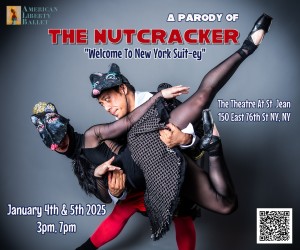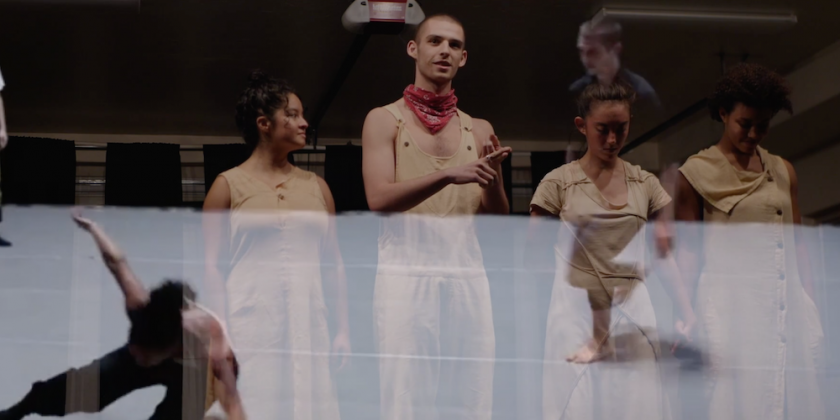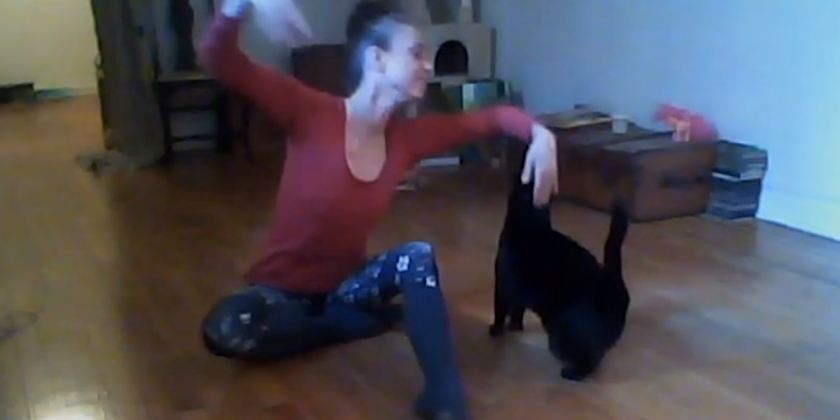Dance as Empowerment: Choreographing Change in the Dance Community with Jennifer Edwards

"Empowerment Starts with Us"
To Jennifer Edwards, empowerment begins with truth, the hard kinds that force individuals to reexamine what, why, and how they do what they do. Empowerment involves taking stock of what is, not what was or what should be, and crafting a thoughtful plan to achieve success in the contemporary marketplace.
Like many young children, Edwards’ baby steps soon turned into expressive, cadenced movement. Her aunt saw potential and gave her parents money for Edwards to enroll in dance classes. Through her youth, she danced, gaining introduction to a variety of styles from ballet and modern to Tahitian and vaudeville. At 18, Edwards discovered she was pregnant. For several years, she attended community college and raised her son, dance situated on the back burner. She enjoyed biology and considered a career as a doctor or a geneticist, but ultimately decided the dance community would nourish her more as a mother. “I could bring my son to the studio or the theater, but I couldn’t bring him to the lab.”

Edwards refocused and received a BFA and MFA in Dance Performance and Choreography from New York University. Upon graduation, she and several friends formed a company. In less than two years, they put on two full-length concerts and established an outreach program. They disbanded due to creative and personal differences, but Edwards didn’t languish: She discovered spoken word. The personal autonomy in this discipline captivated Edwards, and she embarked upon a successful career, recording an album and appearing on the radio. After awhile, she began to feel like a talking head, and when an unexpected divorce took its toll, she returned to the dance studio to physically process her emotional turmoil.
Upon her return, she was displeased, but not particularly surprised, to see the dance world hadn’t changed. The difference was she had changed. “The same things frustrated me, but I understood now why they frustrated me.” Edwards identifies a major issue in the way dancers receive their training, particularly those who have graduated from colleges or conservatories. “Dancers, if they have come out of a university, have been paying to perform whereas musicians are encouraged to take side gigs and earn money.” As a result, dancers are used to asking for permission to present and create pieces. Furthermore, the relentless emphasis on producing excellent technicians neglects to educate the dancer holistically as schools churn out agile bodies but not necessarily astute intellectuals. “In today’s world,” she asserts, “Dancers need to be well rounded.”

Edwards points out that Martha Hill, the education pioneer who founded dance departments at Bennington College and The Juilliard School, built her programs around the physical education model. As a result, dance was brought into institutions without much scholarly rigor. This legacy lingers as many dance majors take few to no classes in theory and history, subjects that require honed writing and critical thinking skills. Even in technique classes, dancers learn what and how, but rarely do they find out why. Edwards sees this problem becoming systemic in American education as scores of students graduate with their skill sets evaluated only by standardized testing.
She wants the dance community to embrace a revolution, one that forces it to shake off its insularity. Edwards encourages dancers and dance-makers to ask themselves tough questions, specifically, “Is what you’re doing wanted, needed, or relevant?” While the community often laments the lack of funding available to dance, an attitude Edwards calls a “scarcity mindset,” she says this doesn’t have to be the case. While dance is an experience, not a product, its skill set can be monetized. Space and time, the two concepts at which dancers excel, can be applied to other, non-physical activities.

Edwards’ call to action isn’t limited to rhetoric: She has sound advice for those seeking to rethink their reflexive approach to dancing and dance-making. She urges students to take classes in humanities and social sciences to improve their communication skills and broaden their horizons. For those supervising collegiate dance programs, she advocates adding mandatory classes in arts entrepreneurship to the curriculum; these classes can and will advance useable, saleable skills such as teaching students how to craft a business plan and develop an effective marketing strategy. Edwards recommends professional dancers and choreographers check out Arizona State University’s PAVE, a tool kit for arts entrepreneurs that offers substantive information on the ins and outs of running a business for $75.
Most of all, Edwards encourages communication, not just between members of the field, but with individuals and organizations outside of the dance milieu. She believes, “Dance is a mindset” and therefore can be applied to many endeavors. As the world becomes increasingly dependent on the written and spoken word—texts, tweets, and videos—she believes, instead of diminishing artistic contributions, words, when wielded with dexterity and ingenuity, can enrich the artistic landscape and reach a new group of potential dance lovers.
Currently, Edwards operates her own company, JenEd, which is devoted to facilitation, entrepreneurial thinking, and stress management, as well as co-runs Edwards & Skybetter Change Agency along with Sydney Skybetter. These vantage points have given her unique insight into both the dysfunction and extraordinary potential of the dance community. With dance’s place looking increasingly shaky in the future, she asserts that empowerment starts with us, “We are our own best ambassadors.”














